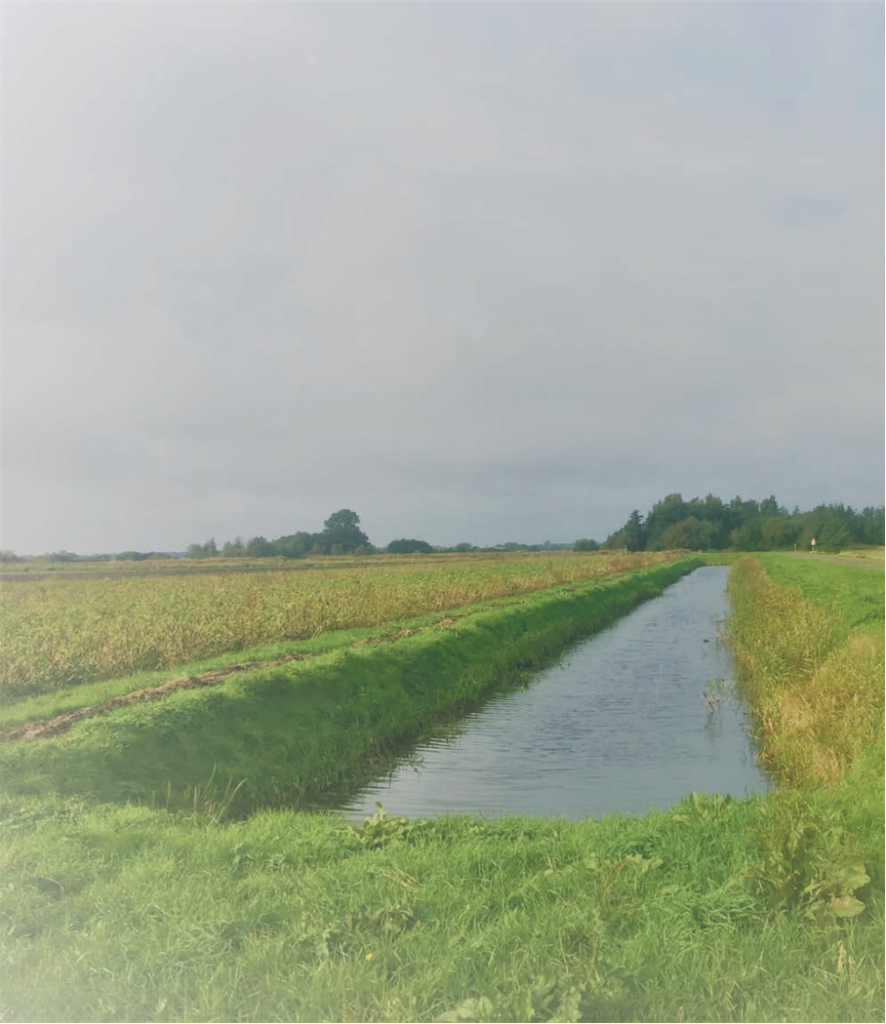Solar park Woudbloem
in Slochteren
Panels
Households
Hectares
MW

Slochteren, Midden-Groningen
Project phase
Last update: 01-01-2024
The solar field will be located in the rural area southwest of Slochteren, on the edge of ‘t Roegwold Nature Reserve. Seventy percent of the terrain, covering over 42 hectares, will be designated for the solar park. 12.4 hectares will be dedicated to permanent new nature areas outside the solar field. Existing vegetation elements and waterways will be preserved, while new elements will be added. The majority of the planning area is designated for solar panels. To enhance the ecological values and qualities in the vicinity of the planning area, a natural/nature-friendly design of the entire terrain is being considered. Additionally, a portion of the planning area, approximately 12 hectares, is entirely available for natural design. We aim to align as closely as possible with the natural values near the planning area to enhance them.
- Design
- Permit
- Preparation
- Building
- In use
Photos






Remarks
Next to the 29.5-hectare solar park, 12.4 hectares of permanent nature will be added adjacent to the Roegwold nature reserve. The added nature forms an essential natural link. Because the zoning plan is being changed, this nature will remain even after the (temporary) solar park is gone.
Thanks to the creation of nature-friendly banks, the ditches become perfect habitats for water soldiers and, thus, for the green hawker dragonfly, which depends on this aquatic plant for its survival.
In the southwest corner of the planning area, there is space to create a large, deep pool. The sand will be used to create a sand martin wall. This large pool can also stimulate the growth of water soldiers, which allows the green hawker dragonfly to reproduce. This rare, protected dragonfly species lays its eggs only on water soldier plants, and the larvae live on these plants. Water soldiers and the green hawker dragonfly already occur in the Woudbloem nature reserve.
Sand martins use natural steep banks along rivers and open waters to nest in holes. They dig a tunnel in these banks, sometimes up to 120 cm long, with a nest cavity at the end. In the Netherlands, these birds also nest in artificial steep edges, such as excavations or sand deposits. They are colony breeders, so if a suitable nesting site is available, a whole colony usually settles immediately. Many of the natural nesting sites have disappeared. Creating appropriate nesting sites for sand martins often leads to immediate site colonization.
Find out more about this project? Georg van den Berg is happy to tell you more.




